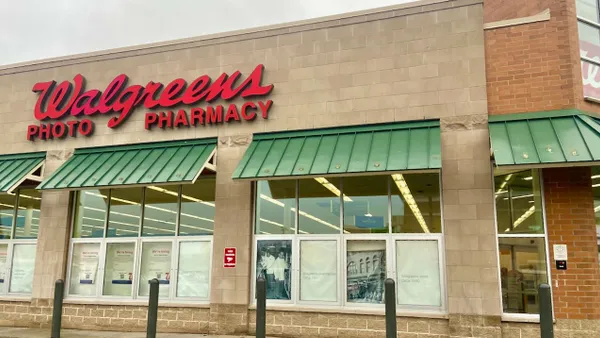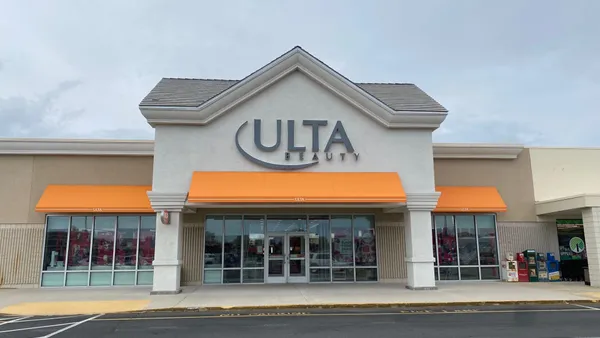Dive Brief:
- As the holiday sales season approaches, Sears Holdings CEO Eddie Lampert is lending the department store retailer more money out of his hedge fund, according to a filing with the Securities and Exchange Commission.
- The company said it recently borrowed $100 million and can borrow an additional $100 million from subsidiaries owned by Lampert’s fund, ESL Investments, between now and Dec. 1. Sears has so far borrowed $499.4 million through a real estate-backed loan dating back to January. The new $100 million requires Sears to put up additional properties or other assets as collateral.
- Annual interest rate on the loans to Sears is 11%, which becomes higher should the retailer default. The original loan is guaranteed with 61 properties that Sears owns, according to the filing. A Sears spokesperson told Retail Dive in a statment, "We continue to focus on actions to provide the Company with additional financial flexibility to generate liquidity and demonstrate our ability to manage our business while meeting all of our financial obligations."
Dive Insight:
While dozens of other retailers, including some household names, have fallen into Chapter 11 this year, Sears so far has escaped that outcome. The reasons why are pretty straightforward: asset sales (including its stores and the Craftsman tool brand), corporate cost cuts, store closures and loans from the hedge fund controlled by the retailer’s chief executive.
How long Sears can keep doing those things, in the absence of a major turnaround in the trajectory of its sales, is an open question. The company’s string of quarterly losses and sales declines has been largely unbroken for years. But for right now, the company needs cash any way it can get it.
As it stocks shelves for the holidays, liquidity is a must for Sears, especially amid reports that suppliers are wary of the retailer and struggling to get insurance on their shipments. Supplier pullbacks are a bugaboo for any retailer and sometimes even a cause of bankruptcy, as we saw with Toys R Us.
Sears has made some headway in taking stress off its books. Earlier this year it finally eked out a positive profit after months of cost cutting and asset sales, and two years of reporting quarterly earnings losses. The company followed that up in August with another loss (though smaller than the year-ago period) and a steep decline in both total and same-store sales.
Philip Emma, a retail analyst at Debtwire, described Sears’ earnings improvement in an interview as a matter of "magnitude" compared to past losses — one that stemmed from asset sales, cost cuts and financial engineering rather than a business turnaround. "But they’re still fundamentally losing money," he said.
In addition to relatively better profit numbers, Sears has recently partnered with Amazon and others to sell Kenmore products and has also opened new concept stores. But there’s no guarantee those efforts will have a meaningful impact on the retailer’s sales.













